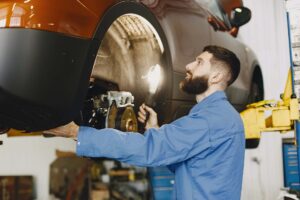As a car enthusiast, I’ve always been fascinated by the idea that something as incredible as a car starts as nothing more than an idea. But how are cars made exactly? How does this sleek, powerful, and complex machine come to life? In this article, I’m going to take you through every step of this fascinating process, from the initial spark of inspiration to the moment a shiny new vehicle rolls off the factory floor.
How Are Cars Made – It All Starts With a Vision
Every car starts as an idea – someone’s vision of the perfect balance between style, performance, and practicality. Car manufacturers don’t just dive in and start building; it begins with intense brainstorming sessions where designers and engineers imagine what drivers might want next. They consider everything: current trends, future needs, and even wild ideas that push boundaries.
Fun fact: The Ford Mustang, one of the most iconic cars in history, was designed in just 18 months – a record-breaking timeline for the 1960s. The Mustang was envisioned as a car for young people who wanted the feel of a sports car without breaking the bank. That vision paid off, as the Mustang became a cultural phenomenon almost overnight.
Modern tools make this phase even more exciting. Advanced software allows teams to create 3D models, experiment with aerodynamics, and even simulate how the car will look in different environments – all before a single piece of metal is touched. It’s fascinating to think about how much thought and effort goes into creating the cars we see every day.

Building the Backbone – The Chassis
The chassis is the foundation of every car. It’s like the skeleton that holds everything together — engine, wheels, seats, and the outer body. Without it, there’s no car, just a bunch of parts sitting in a pile.
It provides the structure that holds everything together, supports the weight of the vehicle, and keeps all the components properly aligned. Beyond just offering support, the chassis also plays a critical role in absorbing shocks from the road and ensuring safety during crashes, making it an essential part of every car’s design.
How Are Materials Chosen?
Not all chassis are created equal, and the choice of materials plays a huge role in determining a car’s performance, durability, and efficiency. Manufacturers carefully select materials based on the type of car they’re building and its intended purpose. Here’s a breakdown of the most commonly used materials:
- Steel – The go-to option for most cars due to its strength, durability, and affordability. It provides a sturdy base without breaking the budget.
- Aluminum – Known for being lightweight yet strong, aluminum is often used in sports and luxury cars to enhance speed and fuel efficiency.
- Carbon fiber and magnesium – These materials are super lightweight and incredibly strong, but their high cost makes them ideal only for high-performance or electric vehicles, where weight reduction is crucial.
Now, how are electric cars made? Many electric vehicles (EVs) use lightweight materials like aluminum or carbon fiber. Why? A lighter vehicle means a longer battery range and better efficiency.
The Engineering Process
Making a chassis is an engineering marvel that feels straight out of a sci-fi movie. Picture giant robotic arms cutting and bending sheets of metal with incredible precision, sparks flying as machines weld the pieces together down to the millimeter, and laser-guided systems ensuring everything is perfectly aligned.
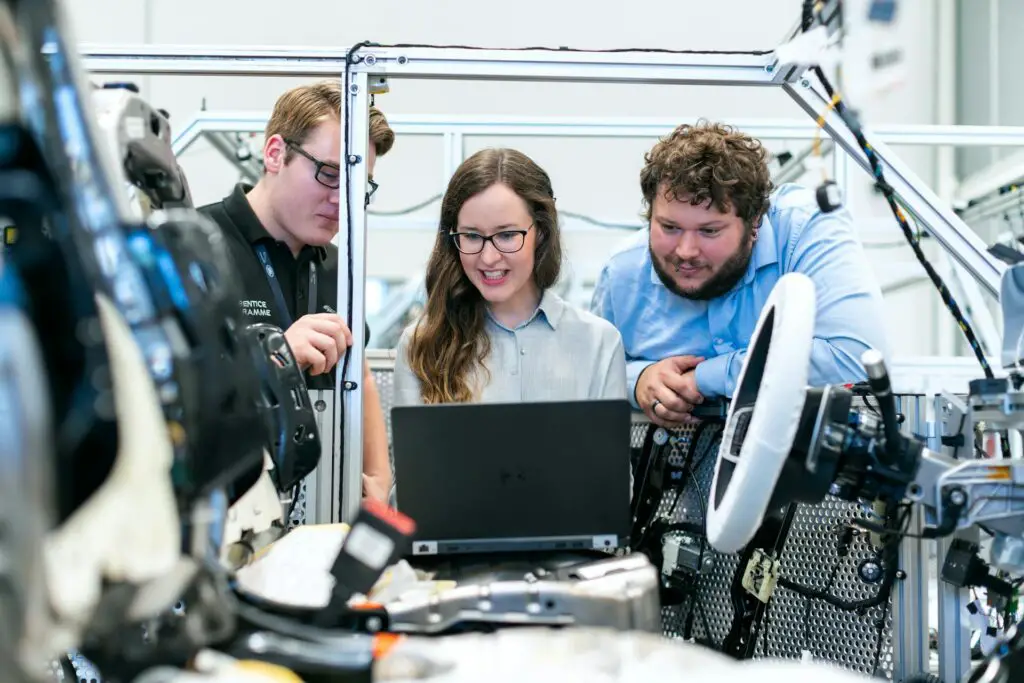
The Heart of the Machine – Assembling the Engine
When it comes to a car, the engine is the heart of the machine. It’s what powers the vehicle and turns an idea into a reality that moves. But making an engine isn’t a simple task — it’s all about precision engineering and rigorous testing to make sure everything works smoothly and efficiently. Not all engines are created equal, though. Here’s a breakdown of the differences between different engine types:
- Gas-powered engines – These are the most common and have been around for decades. They rely on combustion to generate power and are typically built for performance and efficiency.
- Hybrid engines – These combine a traditional gas engine with an electric motor, offering the best of both worlds — better fuel efficiency with the option to switch to electric power when needed.
- Electric engines – With no combustion required, electric engines use a battery to power the car’s motor. They’re designed for efficiency and lower environmental impact, with fewer moving parts compared to traditional engines.
What Goes Into Making an Engine?
Building an engine requires more than just bolting parts together. Each component, from the pistons to the camshaft, is crafted with incredible precision to ensure it performs optimally. The entire engine is assembled by skilled technicians, often with the help of machines, to ensure each part fits perfectly. Testing is also key – engines are put through grueling performance checks to make sure they can handle the stress of driving.
What truly blows my mind is the sheer intricacy of the process. Building an engine feels like assembling a mechanical orchestra, with each piece playing its part perfectly to create a smooth, powerful performance. From tiny valves to massive cylinders, every part has to come together just right for the engine to function properly.
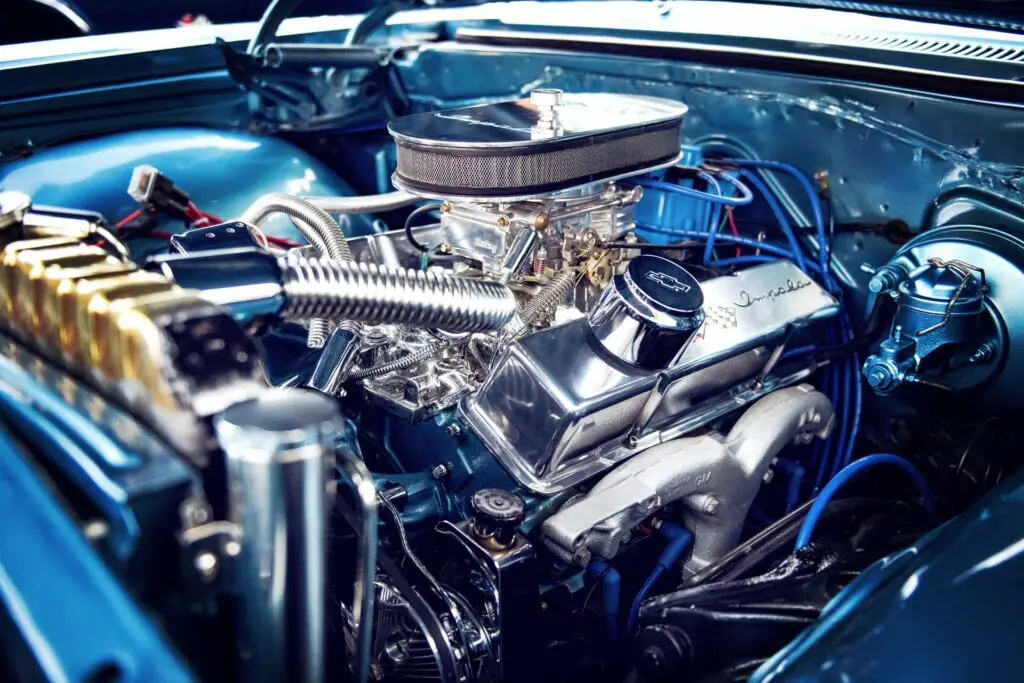
Piecing It Together on the Assembly Line
The assembly line is where all the individual parts come together to create a complete car. It’s one of the most crucial steps in car manufacturing, and it has a history that changed the entire industry.
Henry Ford’s Revolutionary Assembly Line
In 1913, Henry Ford introduced the moving assembly line at his Detroit factory, revolutionizing the automotive industry. Before this, cars were built by hand, one at a time. Ford’s innovation allowed for mass production, cutting the time it took to build a car from over 12 hours to just about 90 minutes. This was a game-changer, as it made cars more affordable and accessible to the average person. Ford’s assembly line was so efficient that it didn’t just change the car industry – it transformed manufacturing as a whole, setting a standard for other industries to follow.
The Modern-Day Assembly Line
Today, the assembly line process is a blend of advanced technology and skilled human labor. Robots and humans work side by side, with robots handling tasks like welding, painting, and precision placement, while humans focus on more delicate or complex tasks like inspections and wiring. Modern-day assembly lines are incredibly fast and efficient, with each car moving along a conveyor belt as workers and machines collaborate to assemble every component.
Are We Living in the Future Already?
I saw videos of robots welding doors, painting bodies, and even installing windows, and I couldn’t help but think: Are we living in the future already? It’s incredible to think how technology has advanced to the point where robots are now as much a part of the assembly line as human workers. Watching these machines work with such precision and speed is nothing short of mesmerizing.
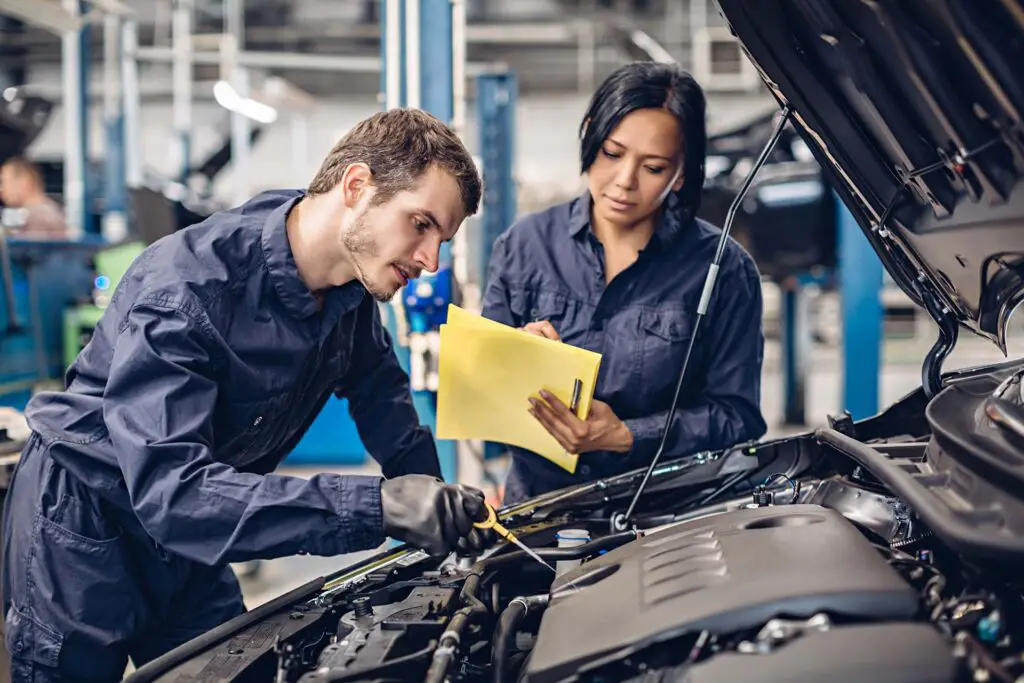
Painting and Polishing – Giving Cars Their Shine
The paint job is what gives a car its final look – glossy, shiny, and ready to turn heads. But getting that perfect finish takes a lot of work!
How Cars Are Painted
The process starts with a primer coat, followed by the base coat, which gives the car its color. Finally, a clear coat is applied to seal in the color and add that glossy finish. It’s a precise process that requires the right conditions to ensure a smooth, even application. After painting, the car goes through meticulous quality control to ensure there are no flaws – no streaks, no drips, just a perfect shine.
Custom Paint Jobs for Luxury Cars
Luxury brands often go the extra mile with special finishes or custom paint jobs. Think: unique colors, metallic hues, or even pearlescent effects that make each car stand out.
Fun fact: Did you know some car paints are inspired by nature? The iridescent colors of beetles have influenced some of the stunning finishes we see today.
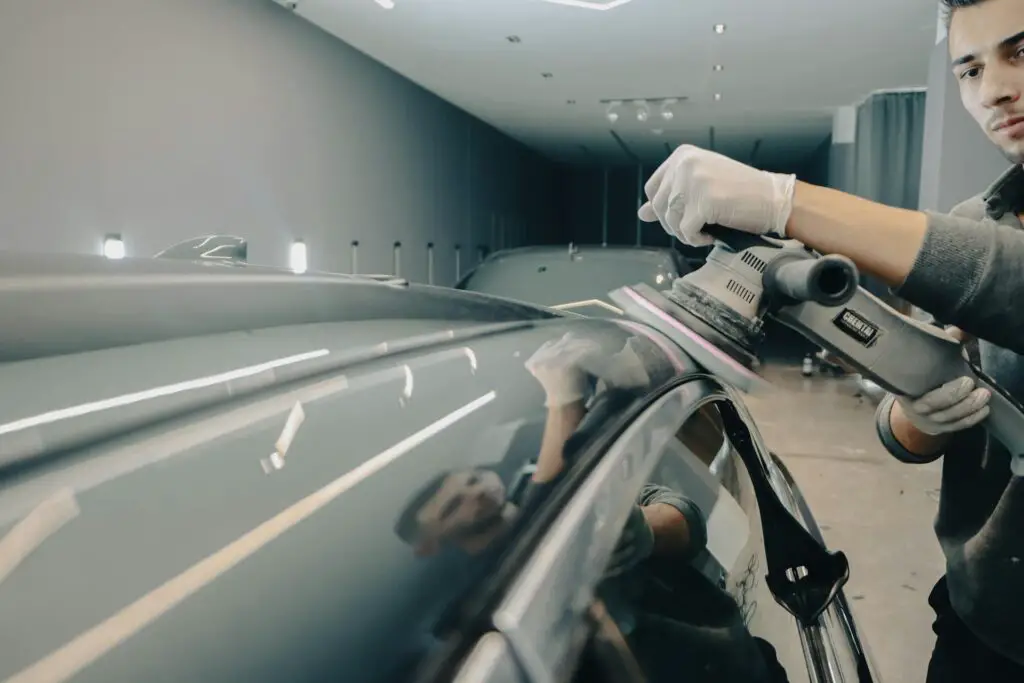
The Interior – Comfort Meets Technology
The interior of a car isn’t just about looking good — it’s about creating a space that’s comfortable and functional with technology that makes driving easier and more enjoyable. The materials used inside a car, from the seats to the dashboard, are carefully chosen for both comfort and durability. Leather, fabric, and synthetic materials are often used for seats, while dashboards may be made from plastics, wood trim, or even metal for a premium feel.
Further on, today’s car interiors are packed with technology. Touchscreens control everything from navigation to media, while sensors track everything from your car’s performance to your health. Connectivity features like Bluetooth and Wi-Fi let you stay connected on the go.
Interior designs go through a lot of testing to make sure they’re both comfortable and long-lasting. Seat cushions, for example, are tested to ensure they provide the right support for long drives.
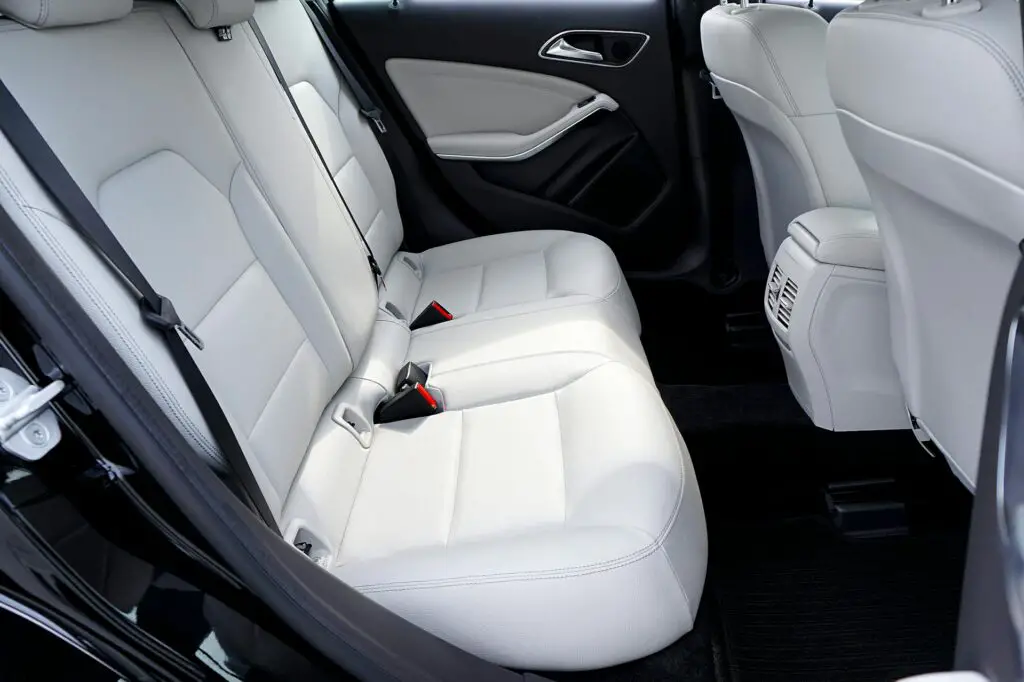
Safety First – Crash Testing and Quality Checks
Ensuring the safety of every car on the road is a top priority. Crash tests and quality checks are essential steps that help manufacturers ensure their vehicles can protect passengers when it matters most.
Before cars are released to the public, they undergo a series of crash tests and simulations. These tests simulate various accident scenarios, from frontal collisions to side impacts, so engineers can assess the vehicle’s structural integrity and how it absorbs impact.
Moreover, test crash dummies are equipped with sensors that measure forces during a crash. They provide engineers with valuable data on how the human body would respond to different impact forces, helping them design better safety features.
Innovations in Car Safety
Thanks to technological advancements, car safety has come a long way. Airbags, which were first introduced in the 1970s, are now standard in most vehicles, saving countless lives in crashes. More recently, advanced systems like collision avoidance, lane-keeping assist, and automatic emergency braking are helping prevent accidents before they even happen.

Test Drives and Final Inspections
After all the assembly, it’s time to see how the car performs. Cars go through test drives and road simulations to make sure they handle real-world conditions well. Engineers check everything from engine performance to braking, ensuring the car runs smoothly. Before a car leaves the factory, it undergoes a final inspection. Every detail is checked, from the exterior finish to the interior features, ensuring everything meets the highest standards.
Marveling at the Process
As we’ve seen, making a car isn’t just about putting metal and plastic together. It’s a complex and intricate process that involves countless hours of engineering, design, and testing. From the first sketch to the final polish, every part of the car is carefully crafted to create something that’s not only functional but also a work of art.
Next time you slide into the driver’s seat or cruise down the highway, take a moment to appreciate the thousands of hands and minds that worked together to bring your four-wheeler to life. Whether it’s a cutting-edge electric car or perhaps a timeless classic, there’s a fascinating journey behind every model.






